Google replaces Backup and Sync with Drive for Desktop
The tech giant recommends that users transition to the new service by the end of September
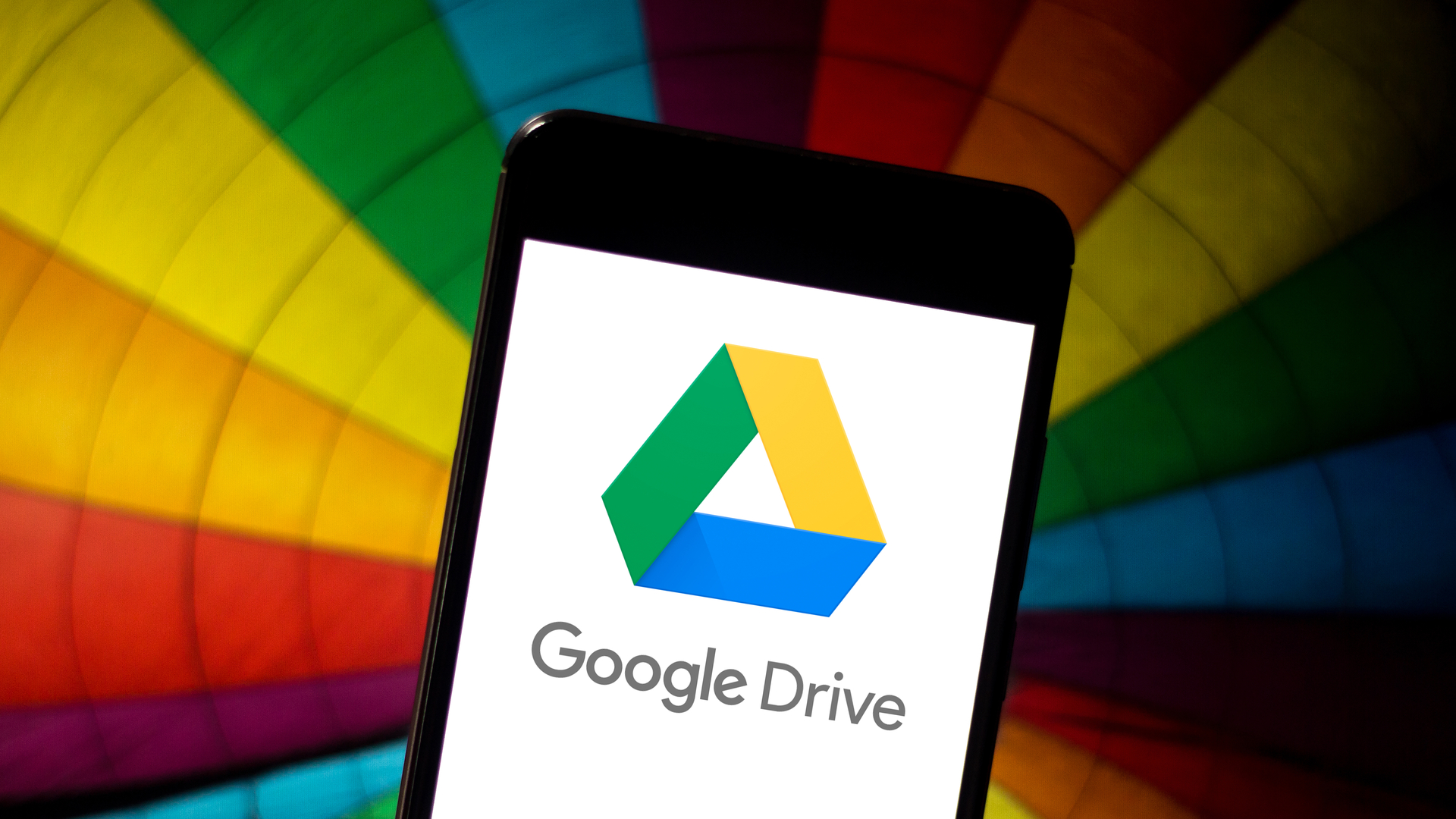

Google has announced plans to move users from its Backup and Sync file-syncing services to a new unified desktop app for Drive.
Cloud storage: How secure are Dropbox, Google Drive, iCloud and OneDrive? How secure is Google Drive? How to get more out of Google Drive
Onboarding for the Drive for Desktop app will start on 19 July, with Google recommending users make the switch by the end of September before they're locked out on 1 October.
The transition is just for Backup and Sync users, however, as business clients who are already using Drive File Stream - the enterprise name for Drive for Desktops - should already be set up.
The aim of moving to a unified desktop app is to create "a powerful and unified sync client", according to Google, with the best features from both consumer and enterprise services that should be more straightforward to use and easier for IT teams to manage.
In a blog post, Google suggests the new app will be pretty familiar to anyone who used its previous file-syncing services. Drive for Desktop will offer easy access to files and photos stored in the cloud, and will sync files in the background to keep them up to date.
Google also suggests the app can sync external storage devices like flash drives to Drive, mirror files between Drive and local files on a desktop computer, and let users choose whether they store individual photos and videos in Drive or Google Photos.
RELATED RESOURCE

The launch of Drive for Desktop coincided with a few announcements from the tech giant, which included changes to services that helped many through the pandemic. In April 2020, for example, Google Meet was made available to all users with day-long group calls, but that has been switched to an hour as of 1 July. As such, free Gmail users will now have to make do with calls with three or more participants at a limit of 60 minutes.
Sign up today and you will receive a free copy of our Future Focus 2025 report - the leading guidance on AI, cybersecurity and other IT challenges as per 700+ senior executives
Bobby Hellard is ITPro's Reviews Editor and has worked on CloudPro and ChannelPro since 2018. In his time at ITPro, Bobby has covered stories for all the major technology companies, such as Apple, Microsoft, Amazon and Facebook, and regularly attends industry-leading events such as AWS Re:Invent and Google Cloud Next.
Bobby mainly covers hardware reviews, but you will also recognize him as the face of many of our video reviews of laptops and smartphones.
-
 Hounslow Council partners with Amazon Web Services (AWS) to build resilience and transition away from legacy tech
Hounslow Council partners with Amazon Web Services (AWS) to build resilience and transition away from legacy techSpomsored One of the most diverse and fastest-growing boroughs in London has completed a massive cloud migration project. Supported by AWS, it was able to work through any challenges
-
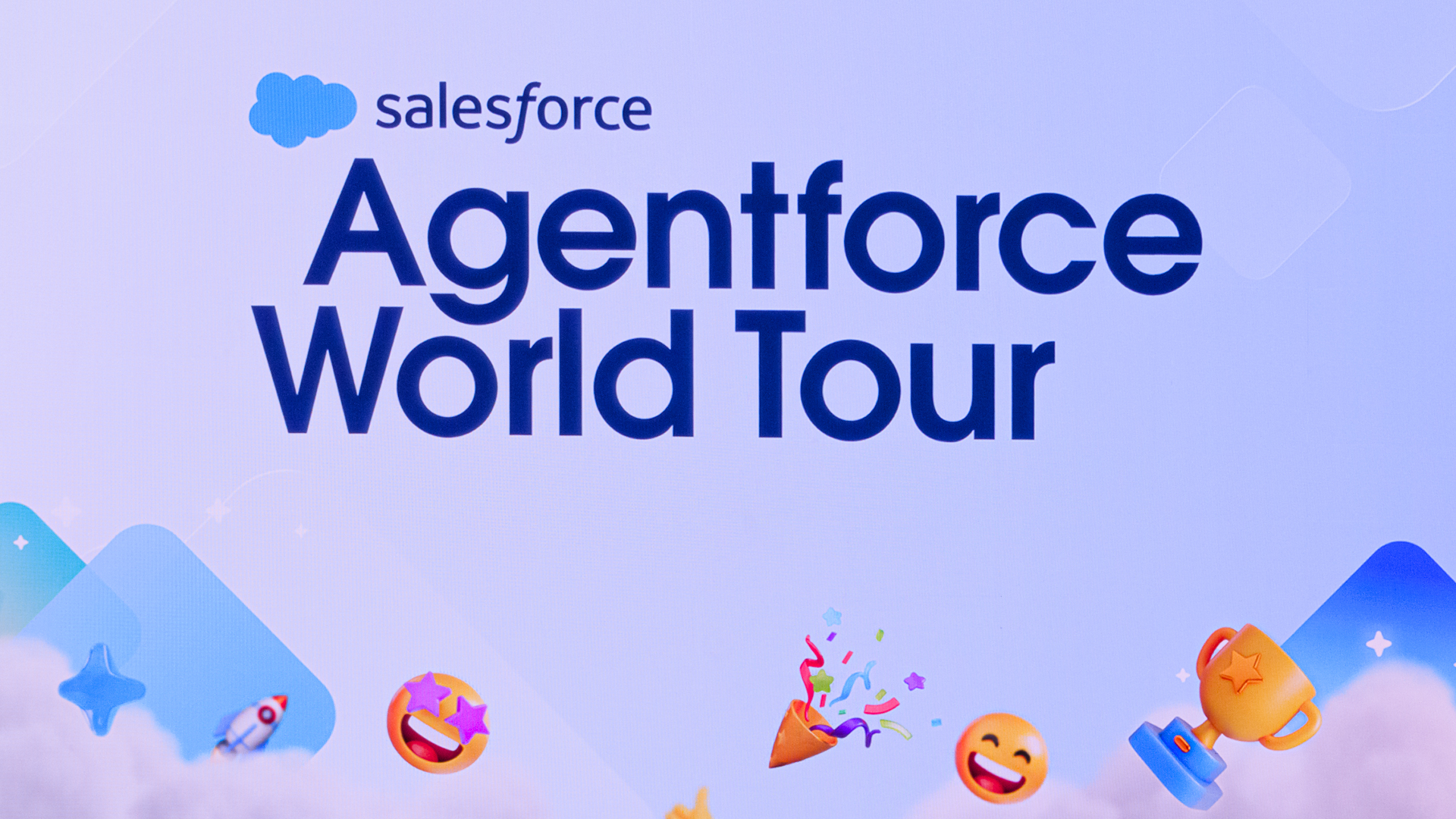 Salesforce targets better data, simpler licensing to spur Agentforce adoption
Salesforce targets better data, simpler licensing to spur Agentforce adoptionNews The combination of Agentforce 360, Data 360, and Informatica is more context for enterprise AI than ever before
-
 Google Workspace is getting a Gemini makeover – but prices are going to increase
Google Workspace is getting a Gemini makeover – but prices are going to increaseNews The new pricing structure may help Google boost competition with Microsoft
-
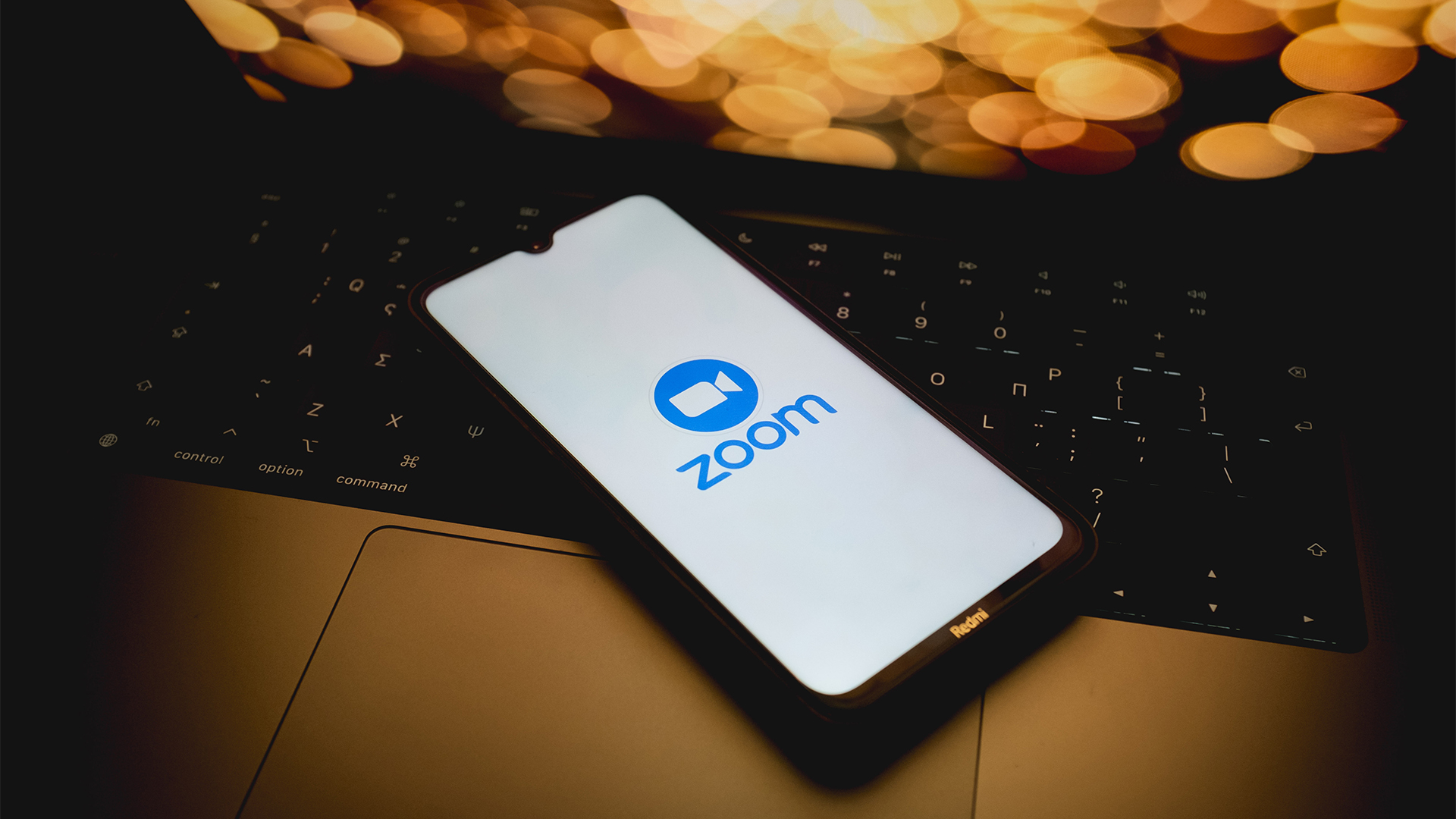 Zoom wants to take on Google and Microsoft with its own Docs
Zoom wants to take on Google and Microsoft with its own DocsNews Zoom Docs arrives loaded with generative AI – and the company hopes to mount a serious challenge against industry heavyweights
-
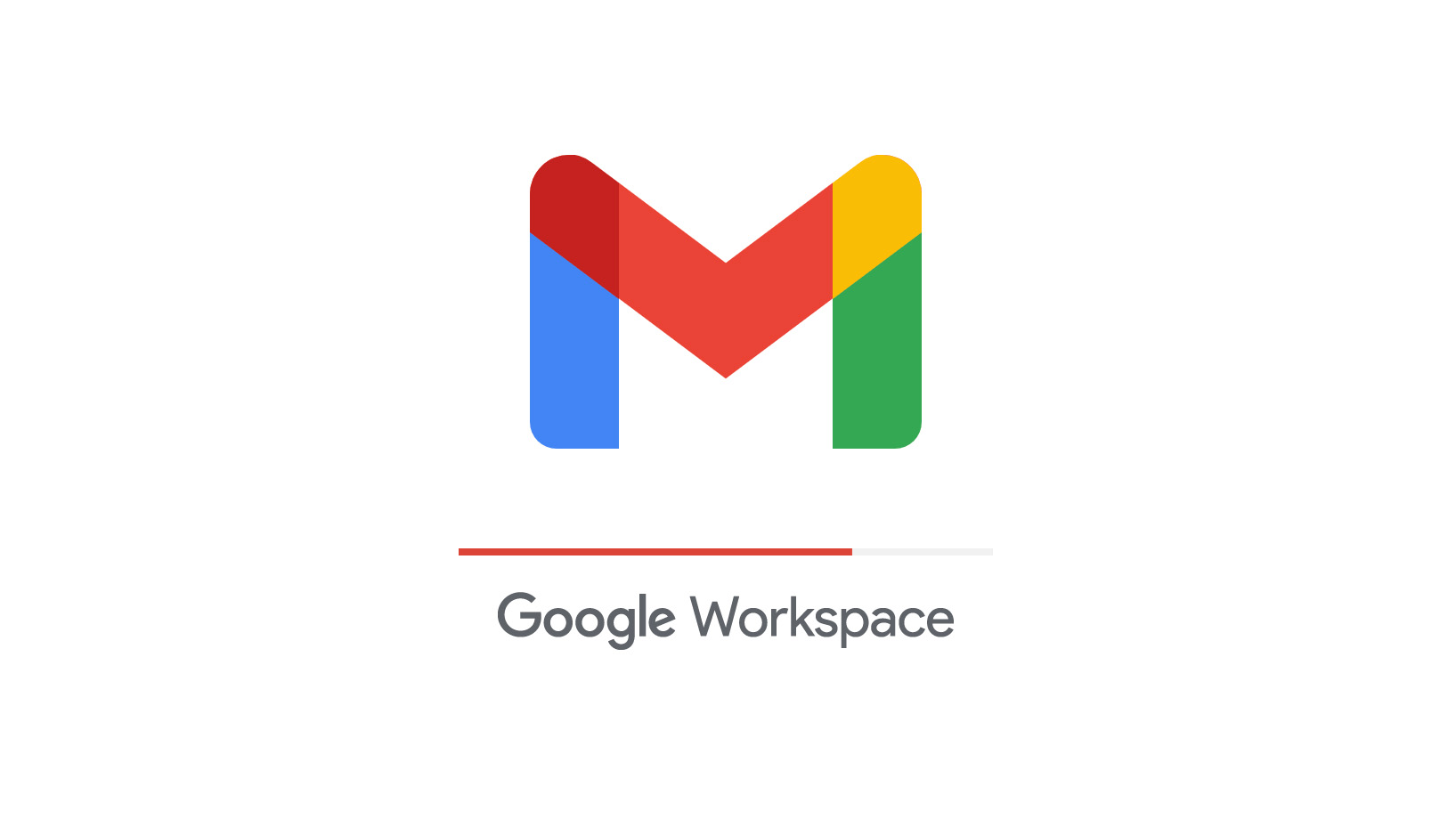 Google Workspace Review: A simple aesthetic with productivity in mind
Google Workspace Review: A simple aesthetic with productivity in mindReviews From free to enterprise, Google’s ever-popular productivity suite has a range of tiers and functions for all sizes of business
-
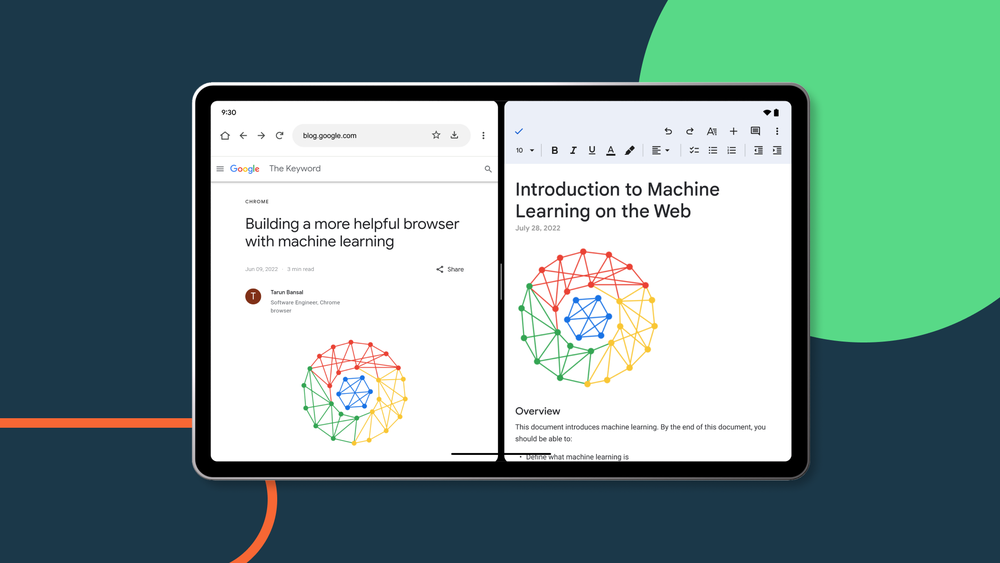 Android adds drag and drop features to tablet OS
Android adds drag and drop features to tablet OSNews Share text, images and links across Drive, Docs, Sheets, Slides and more in split screen mode
-
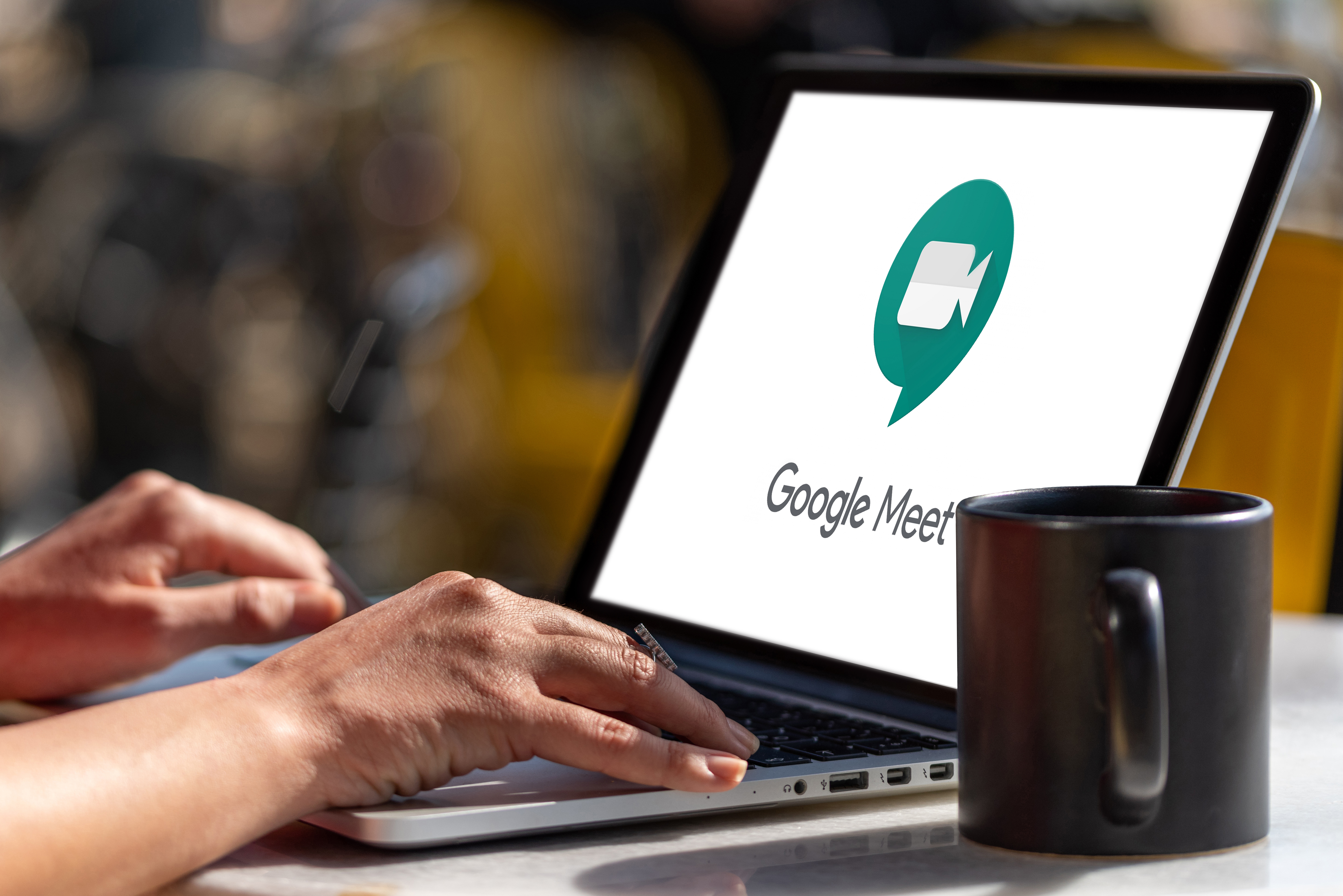 Google Workspace update adds Meet calls to Docs and Sheets, chat threads to Spaces
Google Workspace update adds Meet calls to Docs and Sheets, chat threads to SpacesNews Update aims to addressed 'top requested' features from enterprise customers
-
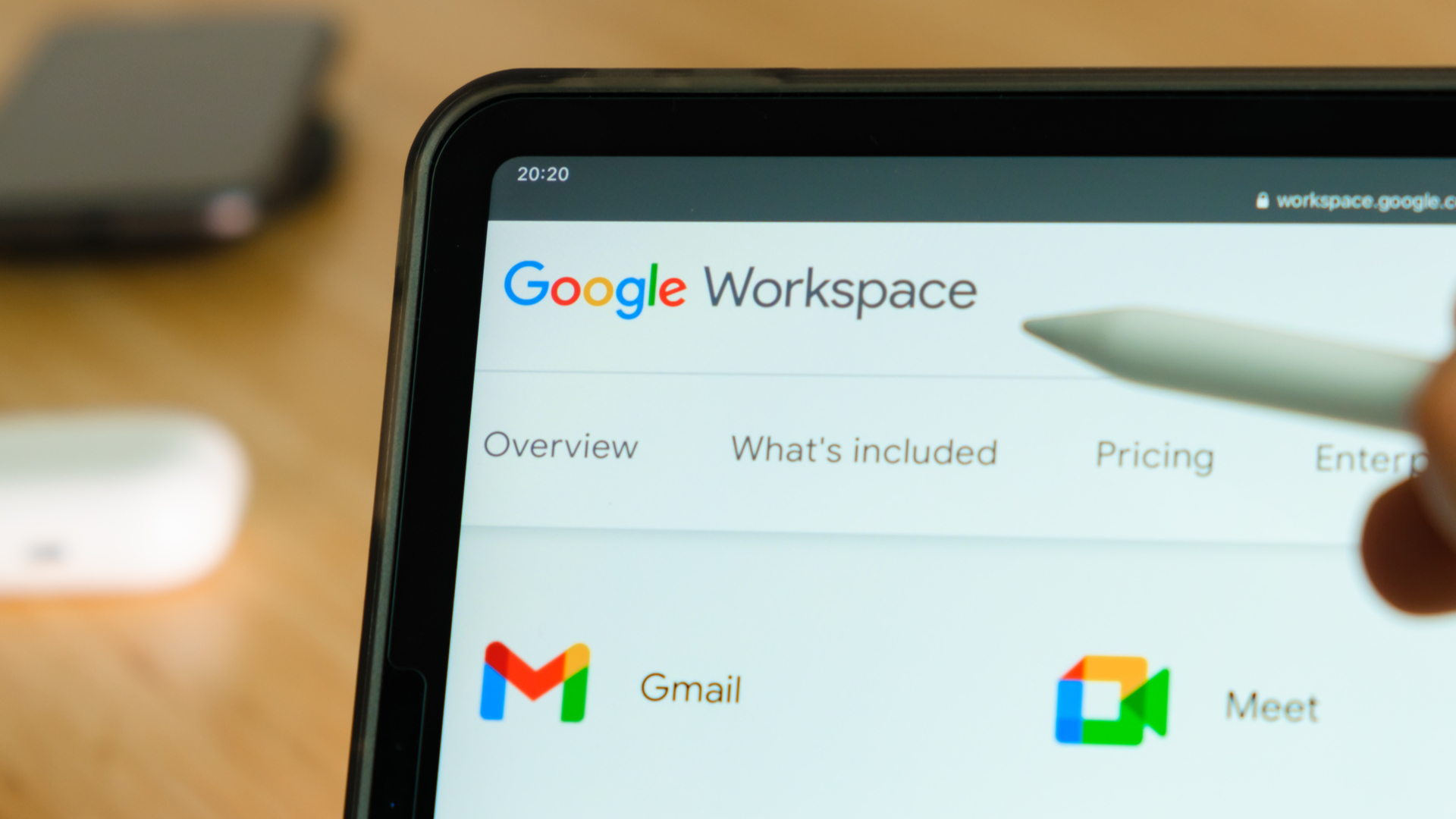 Google introduces free Workspace plan for businesses without Gmail
Google introduces free Workspace plan for businesses without GmailNews Organisations can enjoy all the collaboration benefits of Workspace, regardless of their email provider, for free
-
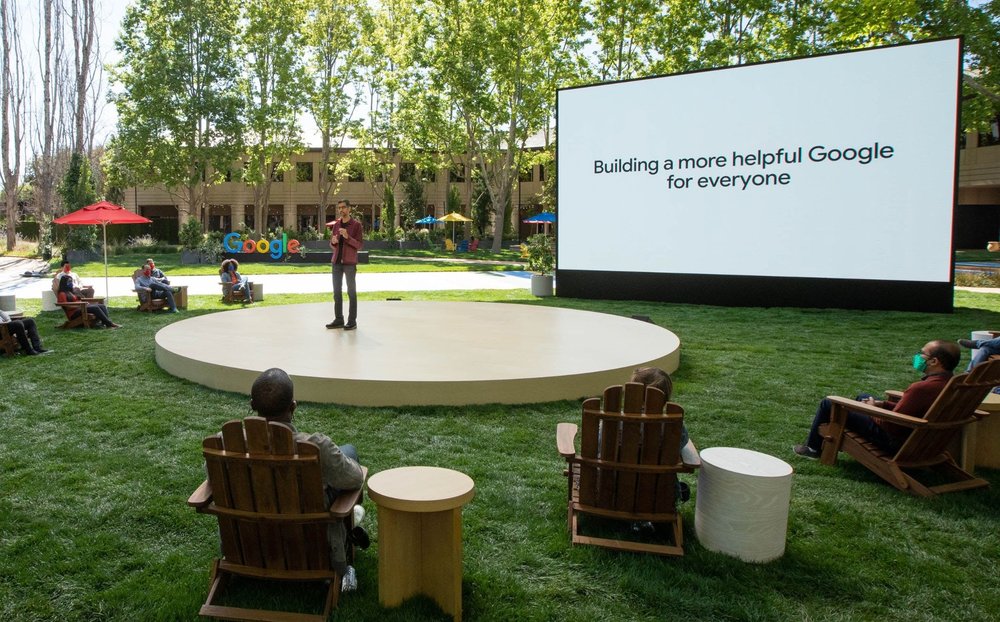 Google I/O 2021: Android 12, 3D video calls, Workspace updates and more
Google I/O 2021: Android 12, 3D video calls, Workspace updates and moreNews We've rounded up all of the biggest announcements from Google's in-person developer conference
-
 IT Pro Panel: Why collaboration platforms are so hard to deploy
IT Pro Panel: Why collaboration platforms are so hard to deployIT Pro Panel Platforms like Slack promise great benefits, but the reality isn’t always so easy…
